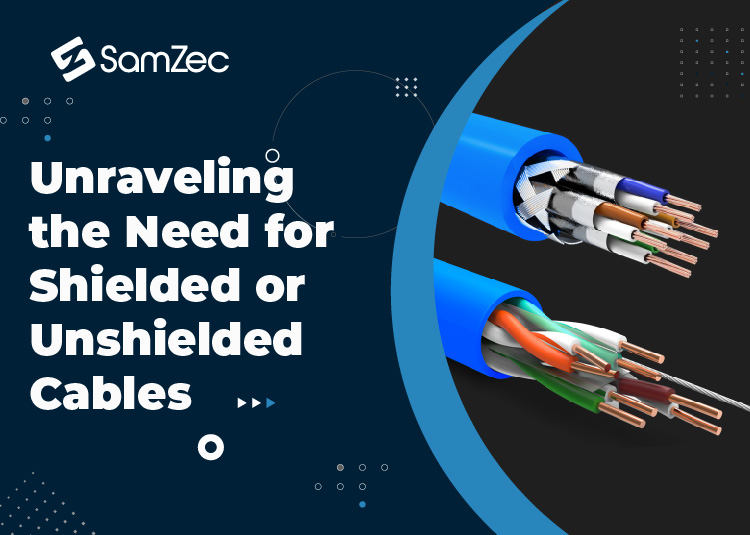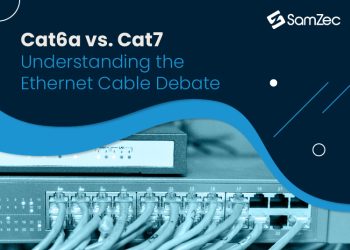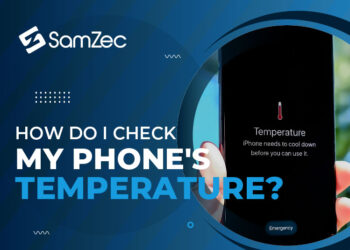Ethernet cables are the most fundamental part of wired data networks. And they are pivotal in ensuring a highly functional network that translates into the success of businesses and an overall reliable LAN. The cables are generally differentiated into two types: Shielded Cables also known as shielded twisted-pair cables and unshielded cables, also known as unshielded twisted-pair cables.
Before you buy any network cables, you will have to choose between either one of these. But how do these cables differ from one another and which is the right cable for a specific application? We shall find out in this blog. Be sure to read till the end.
Without further ado, let’s dive straight in.
Shielded and Unshielded Cables: Definition
Let’s first figure out what the shielded and unshielded mean:
Shielded cables: These cables are known as shielded twisted-pair (STP) cables because of the literal shielding between the outer cable jacket and its core. The shielding envelops the individual twisted pairs with a foil. These foiled conductor pairs are wrapped once again in another foil or a wire mesh for enhanced resilience against external noise and electromagnetic interference (EMI).
The protection reflects electromagnetic interference (EMI) and other interferences such as crosstalk’s.
Unshielded cables: These cables also get their name from the design, which lacks a shield around the conductor pairs to ensure a solid relay of signals. Unshielded twisted-pair (UTP) cables, although do not feature a foiled or a mesh shield, twisted-pairs help keep a steady flow of data across.
Types of Shielded Ethernet Cables
Wire Mesh Shielded: This type of shielded cable is protected with a woven wire mesh. The wire meshes do not entirely protect the cables, however, they are more sturdy than foil-protected cables. The degree to which the mesh shields the cable is subject to the type of weaving they have. Depending on different types of meshes, the cables are protected between 70% to 90%.
For twisted-pair ethernet cables, even 70% shielding is enough. Because the twists in the conductor pairs are also responsible for fending off the interferences.
Foil Shielded: This type of shielding in STP cables is made from a thin foil of aluminum or copper which is then wrapped onto the entire bunch of conductor pairs or individual pairs or both. It is more efficient than wire mesh protection because it envelops the entire surface area of the cable core which blocks almost all the incoming interference.
Further, different kinds of shielding can be integrated into the cables simultaneously and there is no limit to how many layers you add. However, the more layers of shield you add, the stiffer the cable get which makes it rather difficult to install the cable.
The Need for Shielded Ethernet Cables
Shielded Cables are great for use in crowded conditions where the EMI and crosstalk can disrupt the signal transmission. Note that this interference can be dangerous if not taken care of. For example in Air terminals and radio stations, it is important to use shielded cables to keep the links clean and reliable.
In office and residential settings, it is also important to utilize shielded cables. If the links are not protected, private communications can be either interrupted or listened to by unwanted people. And for a better experience as well, you need the STP cables generally.
For applications that include audio/visual communication, protected cables guarantee better signal integrity and a clean sound setup.
And in server rooms, it is almost mandatory to use shielded cables. Because multitudes of wires are installed side by side in server rooms, STP cables are essential in maintaining the proper functionality and quality of the network.
Pros and Cons of Using Shielded Cables
Shielded cables are superior in many manners. And they offer more advantages than disadvantages. For example, the most important advantage of using STP cables is the insulation that they provide against different EMI and crosstalk. These cables are also highly reliable for long-term use and relay a strong signal.
Uses of Unshielded cables
Shielded cables eliminate or assist in eliminating interference. But are they necessary for all kinds of applications? True that STP cables are reliable and better performing but they are not compulsory for all sorts of networks. If you are using twisted pair ethernet cables for small-scale use where only a handful of cables are involved, you can make do with the unshielded cables.
These are easy to use, lightweight, and their twisted pair conductors ensure reliable performance. Moreover, these cables can also be used in outdoor settings if other cables are not running parallel to them.
Pros and Cons of Using Unshielded Cables
The main advantage of using unshielded cables is that they are easy to install. However, note that if you are installing the UTP cables outdoors, installing them is not too tricky and you better get the shielded cables for better resilience against EMI and crosstalk.
The ease of installation, however, is a major advantage when running the UTP cables indoors.
The cons of the UTP cables are also subjective to the environment you are installing them in. If the environment where you are installing the cables is crowded with more than two or three cables, you should expect a bit of crosstalk. It will grow bigger in proportion to the number of cables. Another disadvantage of these cables is their lifespan relative to shielded cables. UTP cables won’t last as long as their STP counterparts.
They will last for quite a long period, nonetheless.
Conclusion
In simple terms, the need for shielded cables is in networks where more than two or three cables run in parallel to each other. Unshielded cables on the other hand are needed where the network is not cable dense. Additionally, UTP cables can also be used outdoors.




















